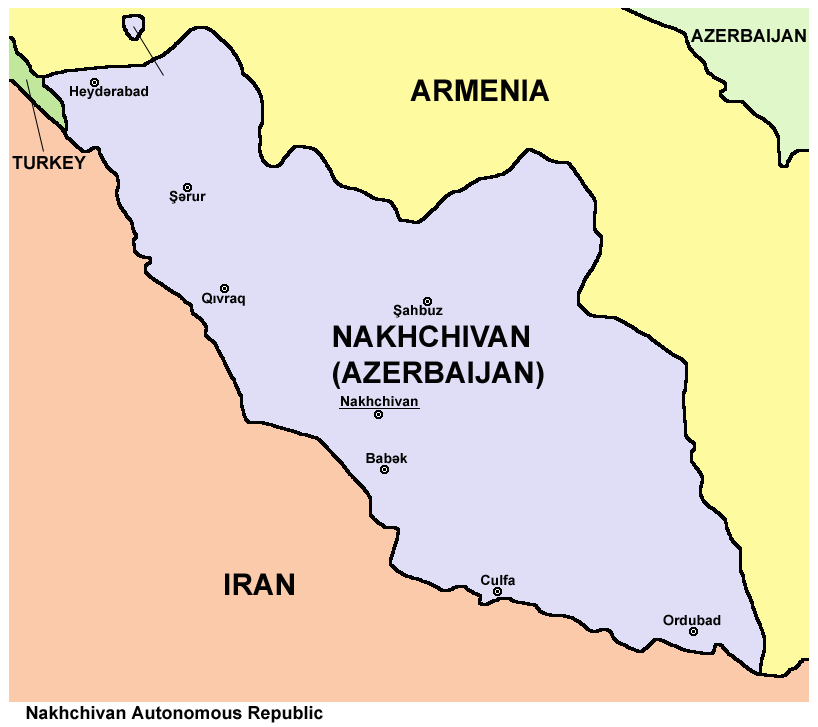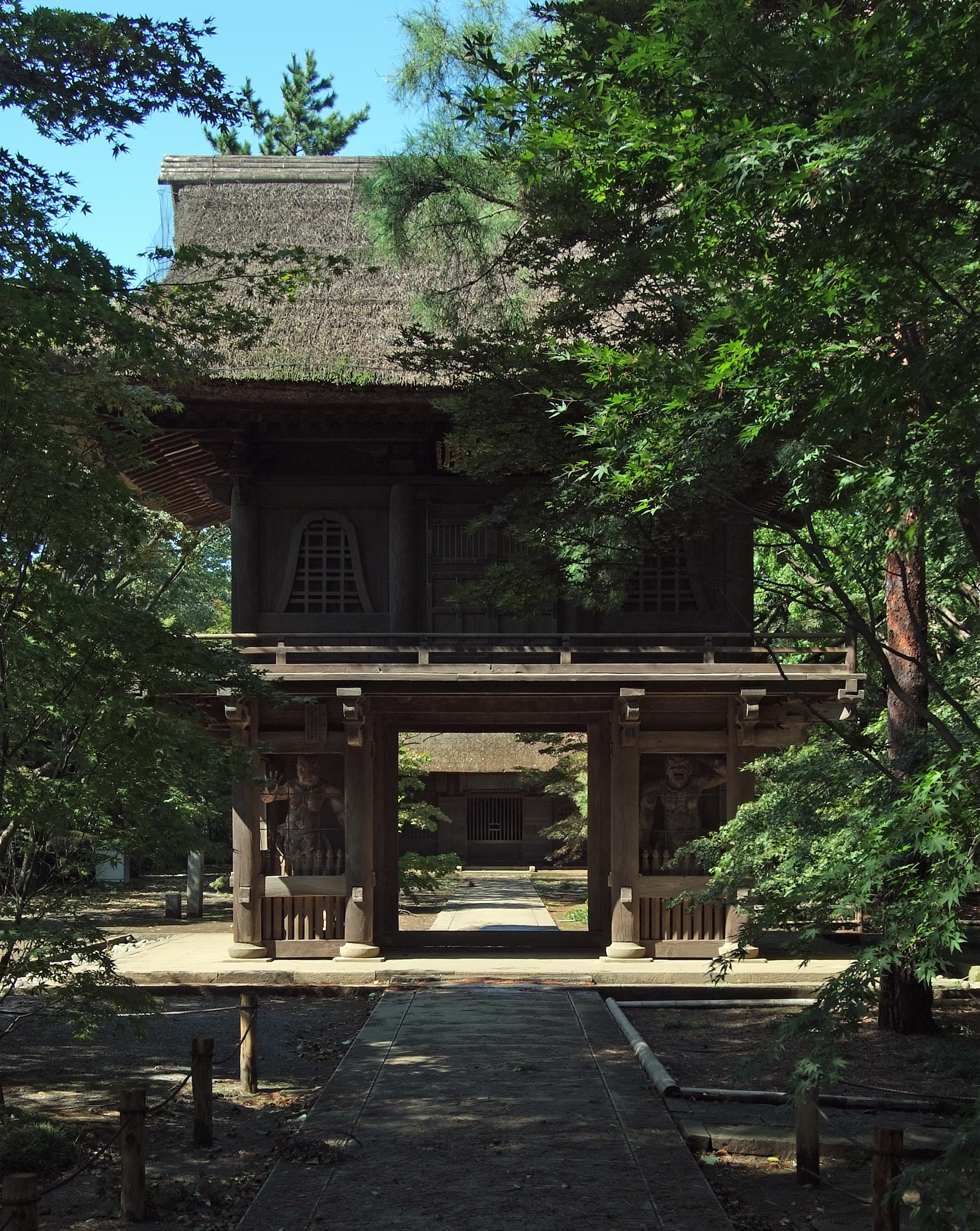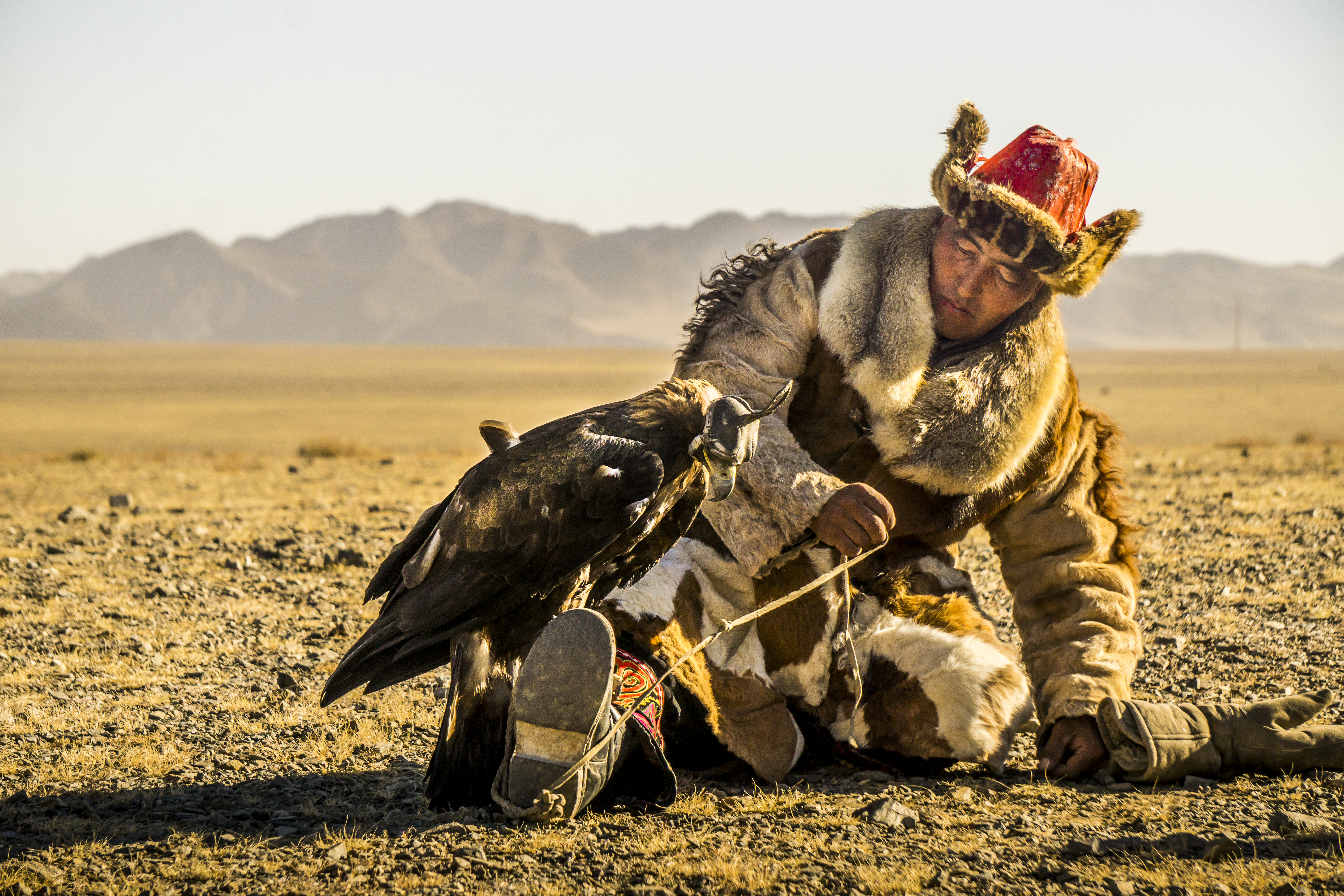|
Nishiōizumimachi
is a small enclave district that belongs to Nerima, Tokyo, Japan, but is surrounded entirely by Saitama Prefecture. Nishiōizumimachi is surrounded by Katayama 3-chōme, Niiza, Saitama, approximately north of Nishi-Ōizumi 6-chome. On April 1st, 2023, there were fifteen households in this district and its population was 33 (13 male and 20 female). The area contains one small street running through the center. The entire area bears the number 1179 and individual houses are numbered 21, 23 and 25. History The exact date or reason for the exclave coming into existence is unknown, however it is theorised that it could be a remnant of a number of municipal mergers since the Meiji era. The exclave went unnoticed until a property developer wanted to turn the then farmland into housing discovered the anomaly in 1974. It is thought that the land may have been a field or falconry whenever the exclave was established. Government Administratively, Nishiōizumimachi is looked after by b ... [...More Info...] [...Related Items...] OR: [Wikipedia] [Google] [Baidu] |
Nerima, Tokyo
is a Special wards of Tokyo, special ward in the Tokyo, Tokyo Metropolis in Japan. The ward refers to itself as Nerima City. , the ward has an estimated population of 721,858, with 323,296 households and a population density of 15,013 persons per km2, while 15,326 foreign residents are registered and 21.6% of the ward's population is over the age of 65. The total area is 48.08 km2. Districts and neighborhoods ;Kamiitabashi Area * Asahigaoka * Kotakechō ;Kaminerima Area * Asahimachi * Doshida * Hikarigaoka * Kasugacho * Mukōyama * Nukui * Tagara * Takamatsu ;Nakaarai Area * Nakamura * Nakamurakita * Nakamuraminami * Toyotamakami * Toyotamakita * Toyotamaminami * Toyotamanaka ;Nerima Area * Hayamiya * Hazawa * Heiwadai * Hikawadai * Kitamachi * Nerima * Nishiki * Sakaemachi * Sakuradai ;Ōizumi Area * Higashiōizumi * Minamiōizumi * Nishiōizumi * Nishiōizumimachi * Ōizumichō * Ōizumigakuen-chō ;Shakujii Area * Fujimidai * Kamishakujii * Kamishakujiiminami-chō ... [...More Info...] [...Related Items...] OR: [Wikipedia] [Google] [Baidu] |
Enclave
An enclave is a territory that is entirely surrounded by the territory of only one other state or entity. An enclave can be an independent territory or part of a larger one. Enclaves may also exist within territorial waters. ''Enclave'' is sometimes used improperly to denote a territory that is only partly surrounded by another state. Enclaves that are not part of a larger territory are not exclaves, for example Lesotho (enclaved by South Africa), and San Marino and Vatican City (both enclaved by Italy) are enclaved sovereign states. An exclave is a portion of a state or district geographically separated from the main part, by some surrounding alien territory. Many exclaves are also enclaves, but an exclave surrounded by the territory of more than one state is not an enclave. The Azerbaijani exclave of Nakhchivan is an example of an exclave that is not an enclave, as it borders Armenia, Iran, and Turkey. Semi-enclaves and semi-exclaves are areas that, except for possessing ... [...More Info...] [...Related Items...] OR: [Wikipedia] [Google] [Baidu] |
Tokyo
Tokyo, officially the Tokyo Metropolis, is the capital of Japan, capital and List of cities in Japan, most populous city in Japan. With a population of over 14 million in the city proper in 2023, it is List of largest cities, one of the most populous urban areas in the world. The Greater Tokyo Area, which includes Tokyo and parts of six neighboring Prefectures of Japan, prefectures, is the most populous metropolitan area in the world, with 41 million residents . Lying at the head of Tokyo Bay, Tokyo is part of the Kantō region, on the central coast of Honshu, Japan's largest island. It is Japan's economic center and the seat of the Government of Japan, Japanese government and the Emperor of Japan. The Tokyo Metropolitan Government administers Tokyo's central Special wards of Tokyo, 23 special wards, which formerly made up Tokyo City; various commuter towns and suburbs in Western Tokyo, its western area; and two outlying island chains, the Tokyo Islands. Although most of the w ... [...More Info...] [...Related Items...] OR: [Wikipedia] [Google] [Baidu] |
Japan
Japan is an island country in East Asia. Located in the Pacific Ocean off the northeast coast of the Asia, Asian mainland, it is bordered on the west by the Sea of Japan and extends from the Sea of Okhotsk in the north to the East China Sea in the south. The Japanese archipelago consists of four major islands—Hokkaido, Honshu, Shikoku, and Kyushu—and List of islands of Japan, thousands of smaller islands, covering . Japan has a population of over 123 million as of 2025, making it the List of countries and dependencies by population, eleventh-most populous country. The capital of Japan and List of cities in Japan, its largest city is Tokyo; the Greater Tokyo Area is the List of largest cities, largest metropolitan area in the world, with more than 37 million inhabitants as of 2024. Japan is divided into 47 Prefectures of Japan, administrative prefectures and List of regions of Japan, eight traditional regions. About three-quarters of Geography of Japan, the countr ... [...More Info...] [...Related Items...] OR: [Wikipedia] [Google] [Baidu] |
Saitama Prefecture
is a Landlocked country, landlocked Prefectures of Japan, prefecture of Japan located in the Kantō region of Honshu. Saitama Prefecture has a population of 7,338,536 (January 1, 2020) and has a geographic area of 3,797 Square kilometre, km2 (1,466 Square mile, sq mi). Saitama Prefecture borders Tochigi Prefecture and Gunma Prefecture to the north, Nagano Prefecture to the west, Yamanashi Prefecture to the southwest, Tokyo to the south, Chiba Prefecture to the southeast, and Ibaraki Prefecture to the northeast. Saitama, Saitama, Saitama is the capital and largest city of Saitama Prefecture, with other major cities including Kawaguchi, Saitama, Kawaguchi, Kawagoe, Saitama, Kawagoe, and Tokorozawa, Saitama, Tokorozawa. History of Kujiki According to ''Sendai Kuji Hongi'' (), Chichibu was one of 137 provinces during the reign of Emperor Sujin. Chichibu Province was in western Saitama. The area that would become Saitama Prefecture in the 19th century is part of Musashi Provinc ... [...More Info...] [...Related Items...] OR: [Wikipedia] [Google] [Baidu] |
Japanese Addressing System
The Japanese addressing system is used to identify a specific location in Japan. When written in Japanese characters, addresses start with the largest geographical entity and proceed to the most specific one. The Japanese system is complex, the product of the natural growth of urban areas, as opposed to the systems used in cities that are laid out as grids and divided into quadrants or districts. When written in Latin alphabet, Latin characters, addresses follow the convention used by most Address format, Western addresses and start with the smallest geographic entity (typically a house number) and proceed to the largest. However, even when translated using Latin characters, Japan Post requires that the address also is written in Japanese to ensure correct delivery. Address parts Japanese addresses begin with the largest division of the country, the Prefectures of Japan, prefecture. Most of these are called , but there are also three other special prefecture designations: fo ... [...More Info...] [...Related Items...] OR: [Wikipedia] [Google] [Baidu] |
Niiza, Saitama
is a city in Saitama Prefecture, Japan. , the city had an estimated population of 166,208 in 76,639 households and a population density of 7300 persons per km2. The total area of the city is . Geography Niiza is located at the southernmost tip of Saitama Prefecture, and is essentially a suburb of the Tokyo conurbation. The entire city is located on the Musashino Plateau, with the Yanase River running through the western part of the city, and the Kurome River running through the eastern part of the city. Niiza includes the southernmost point of Saitama Prefecture, which faces Nishitōkyō of Tokyo. Surrounding municipalities Saitama Prefecture * Asaka * Miyoshi * Shiki * Tokorozawa Tokyo Metropolis * Higashikurume * Kiyose * Nerima * Nishitokyo Climate Niiza has a humid subtropical climate (Köppen ''Cfa'') characterized by warm summers and cool winters with light to no snowfall. The average annual temperature in Niiza is 14.9 °C. The average annual rainfall is 1449 ... [...More Info...] [...Related Items...] OR: [Wikipedia] [Google] [Baidu] |
List Of Mergers And Dissolutions Of Municipalities In Japan
This page links to the list of mergers and dissolutions of municipalities in Japan for each prefecture A prefecture (from the Latin word, "''praefectura"'') is an administrative jurisdiction traditionally governed by an appointed prefect. This can be a regional or local government subdivision in various countries, or a subdivision in certain inter .... For a list of dissolved municipalities, see also: Dissolved municipalities of Japan and the sister category Former districts of Japan. Lists, by prefecture Note that most of the prefectural websites linked below are in Japanese. See also * A list of future mergers for every prefecture can be founhere. * A list of former mergers for every prefecture can be founo{{in lang, ja. *Mergers and dissolutions Mergers and dissolutions of municipalities ... [...More Info...] [...Related Items...] OR: [Wikipedia] [Google] [Baidu] |
Meiji Era
The was an Japanese era name, era of History of Japan, Japanese history that extended from October 23, 1868, to July 30, 1912. The Meiji era was the first half of the Empire of Japan, when the Japanese people moved from being an isolated feudalism, feudal society at risk of colonization by Western world, Western powers to the new paradigm of a modern, industrialized nation state and emergent great power, influenced by Western scientific, technological, philosophical, political, legal, and aesthetic ideas. As a result of such wholesale adoption of radically different ideas, the changes to Japan were profound, and affected its social structure, internal politics, economy, military, and foreign relations. The period corresponded to the reign of Emperor Meiji. It was preceded by the Keiō era and was succeeded by the Taishō era, upon the accession of Emperor Taishō. The rapid modernization during the Meiji era was not without its opponents, as the rapid changes to society cause ... [...More Info...] [...Related Items...] OR: [Wikipedia] [Google] [Baidu] |
Falconry
Falconry is the hunting of wild animals in their natural state and habitat by means of a trained bird of prey. Small animals are hunted; squirrels and rabbits often fall prey to these birds. Two traditional terms are used to describe a person involved in falconry: a "falconer" flies a falcon; an "austringer" (Old French origin) keeps Eurasian goshawks and uses hawk, accipiters for hunting. In modern falconry, the red-tailed hawk (''Buteo jamaicensis''), Harris's hawk (''Parabuteo unicinctus''), and the peregrine falcon (''Falco perigrinus'') are some of the more commonly used birds of prey. The practice of hunting with a conditioned falconry bird is also called "hawking" or "gamehawking", although the words wikt:hawking, hawking and peddler, hawker have become used so much to refer to petty traveling traders, that the terms "falconer" and "falconry" now apply to most use of trained birds of prey to catch game. However, many contemporary practitioners still use these words in the ... [...More Info...] [...Related Items...] OR: [Wikipedia] [Google] [Baidu] |
Elementary Schools In Japan
In Japan, are compulsory to all children begin first grade in the April after they turn six—kindergarten is growing increasingly popular, but is not mandatory—and starting school is considered an important event in a child's life. History In the Edo period, some children attended terakoya or temple schools where they learned practical methods of reading, writing, and calculation. In 1886, the modern elementary school system started as compulsory education. Until 1947, only elementary schools were compulsory. Immediately before and during World War II, state education was used as a propaganda tool by the Japanese fascist government. Today, virtually all elementary education takes place in public schools. Tuition to these schools is free, although families have to pay for school lunches, supplies, and non-school expenses, such as extra books or lessons. Less than 1% of the schools are private, partly because of the latter's expense. Some private elementary schools are pr ... [...More Info...] [...Related Items...] OR: [Wikipedia] [Google] [Baidu] |
Secondary Education In Japan
Secondary education in Japan is split into , which cover the seventh through ninth grade, and , abbreviated to , which mostly cover grades ten through twelve. Junior high school Lower-secondary schools cover grades seven, eight, and nine. Ages are 12/13 through 14/15 years old with increased focus on academic studies. Although it is possible to leave the formal education system after completing lower secondary school and find employment, fewer than 4% did so by the late 1980s. Most junior high schools in the 1980s were government-funded public schools; 5% were private schools. At per pupil, private schools had a per-student cost that was four times as high as public schools. The minimum number of school days in a year is 210 in Japan, compared to 180 in the United States. A significant part of the school calendar is taken up by non-academic events such as sports days and school trips. Teachers usually major in the subjects they teach. Each class is assigned a homeroom teache ... [...More Info...] [...Related Items...] OR: [Wikipedia] [Google] [Baidu] |







